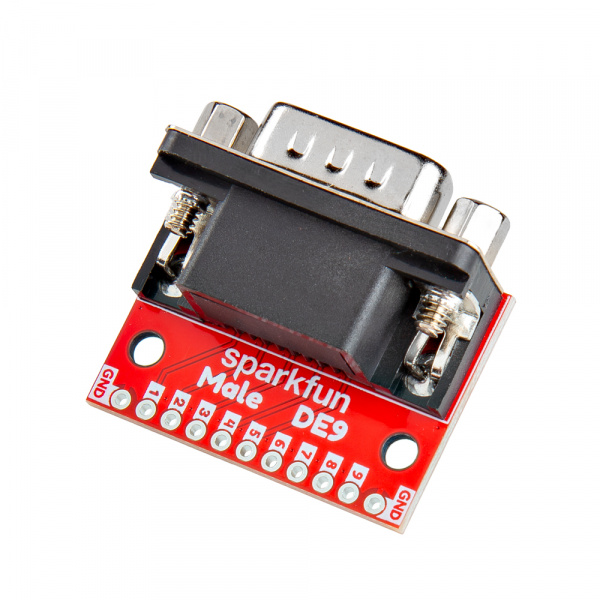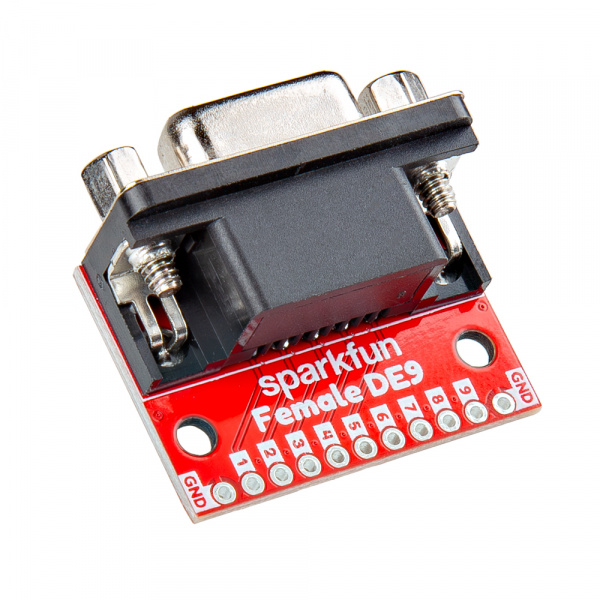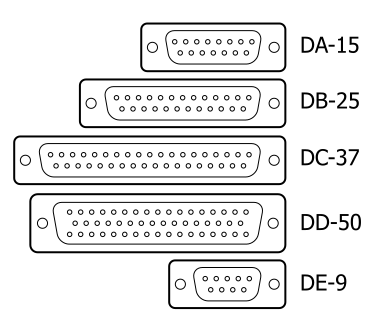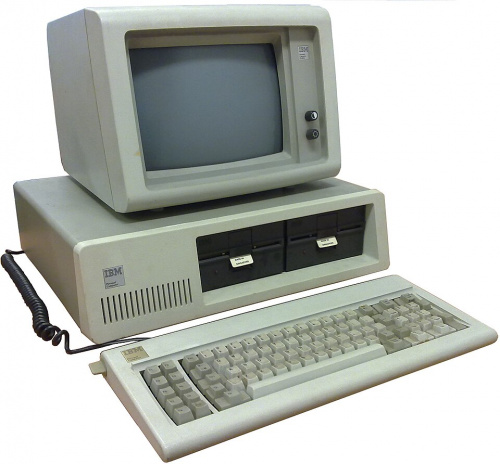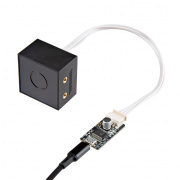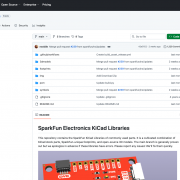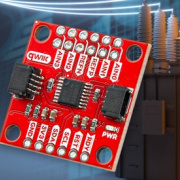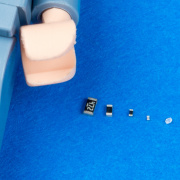It's a DE9, Not a DB9. (But We Know What You Mean)
You have been misusing the D-sub connector terminology, and we're guilty of it, too.
You’ve seen them everywhere, especially on older computer equipment: the classic 9-pin serial connector. You probably know it as a DB9. It’s an iconic connector for makers, engineers, and anyone who's ever used an RS232 serial device. Here's a little secret, though: calling it a DB9 is technically wrong. The correct name is actually DE9.
With the release of our new DE9 Connector Breakouts, we wanted to address a common misconception and explain why we named our boards as we did.
In the Interest of Fairness: We are omitting the "-" in "DE-9" and "DB-25." We have found that using a "-" is optional in writing this information.
What's in a Name? The D-Subminiature Standard
The connector in question belongs to a family known as D-subminiature, or D-sub for short. To put it simply, the "D" in the name comes from the D-shaped metal shield surrounding the pins, which ensures the plug can only be inserted one way!
The full part number for these connectors follows a specific pattern. The first letter is always D for the D-shape. The second letter, however, is where the confusion starts. It doesn't stand for a feature; it specifies the size of the connector's shell. The number that follows indicates the number of pins in that shell.
Here’s a quick breakdown of the standard D-sub shell sizes:
- DA: 15-pin shell
- DB: 25-pin shell (This is the big one you'd see on old parallel printer ports)
- DC: 37-pin shell
- DD: 50-pin shell
- DE: 9-pin shell (Today's topic)
The correct technical designation for a D-sub connector with nine pins is DE9. Although "DB9" is a widely used term, it is a misnomer based on the D-sub naming convention, where the second letter signifies the shell size. The "E" in DE9 denotes the specific shell size that houses nine pins while the letter "B" refers to a larger shell designed for 25 pins, as seen in a correctly named DB25 connector. To be blunt, the term "DB9" is plainly inaccurate because it pairs the 25-pin "B" shell with a 9-pin count, a physical contradiction. Despite this, "DB9" became the de facto standard name and is commonly understood to refer to the 9-pin serial connector.
So, Why Do We All Call It DB9?
The mix-up is a classic case of mistaken identity that just stuck. The original IBM PC used a DB25 connector for its serial and parallel ports. When the smaller 9-pin serial port was introduced on the IBM PC/AT, it quickly became the new standard for serial ports.
Most people, already familiar with the term "DB25," simply swapped the number of pins and started calling the new connector a DB9. The incorrect name spread like wildfire and became the de facto standard term, despite being technically inaccurate. It's a prime example of typical usage winning out over technical accuracy.
Our Naming Philosophy: Correctness and Clarity
With the launch of our new SparkFun Male DE9 Breakout and SparkFun Female DE9 Breakout, we made a conscious decision to use the technically correct name. This blog post is our explanation for why.
At SparkFun, we are engineers, makers, and educators at heart. We believe in technical accuracy and in sharing our knowledge with the community. While we know that a vast majority of people search for "DB9," we felt it was essential to stick to the correct DE9 designation for our products.
It’s our small way of doing our part to correct a decades-old mix-up. We want our product names to be accurate and serve as a learning opportunity for anyone curious about the "why." So when you see the "DE9" on our new breakouts, you'll know that the name is as intentional as the engineering that went into the board itself.
So, while the world might continue to refer to it as DB9, we'll call it for what it is: a DE9. Happy hacking!
